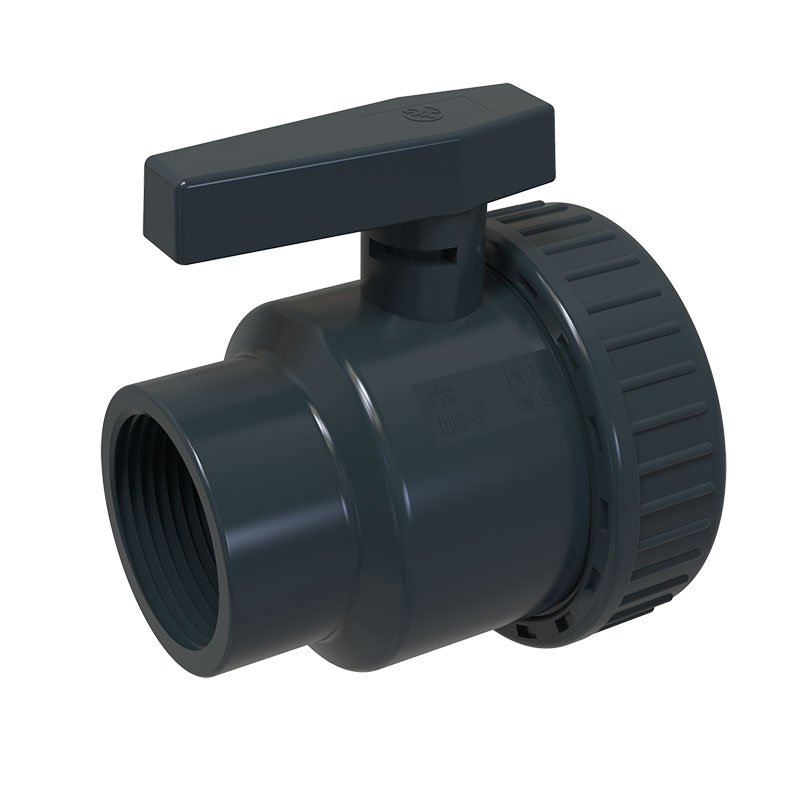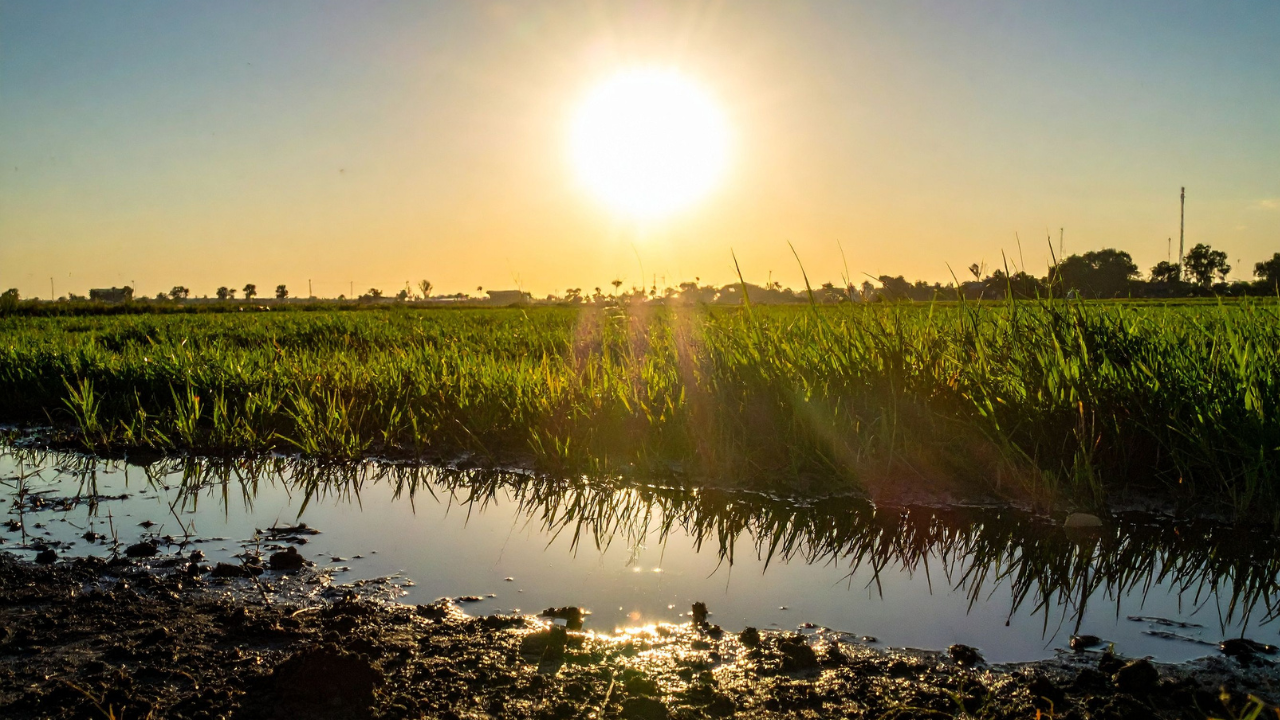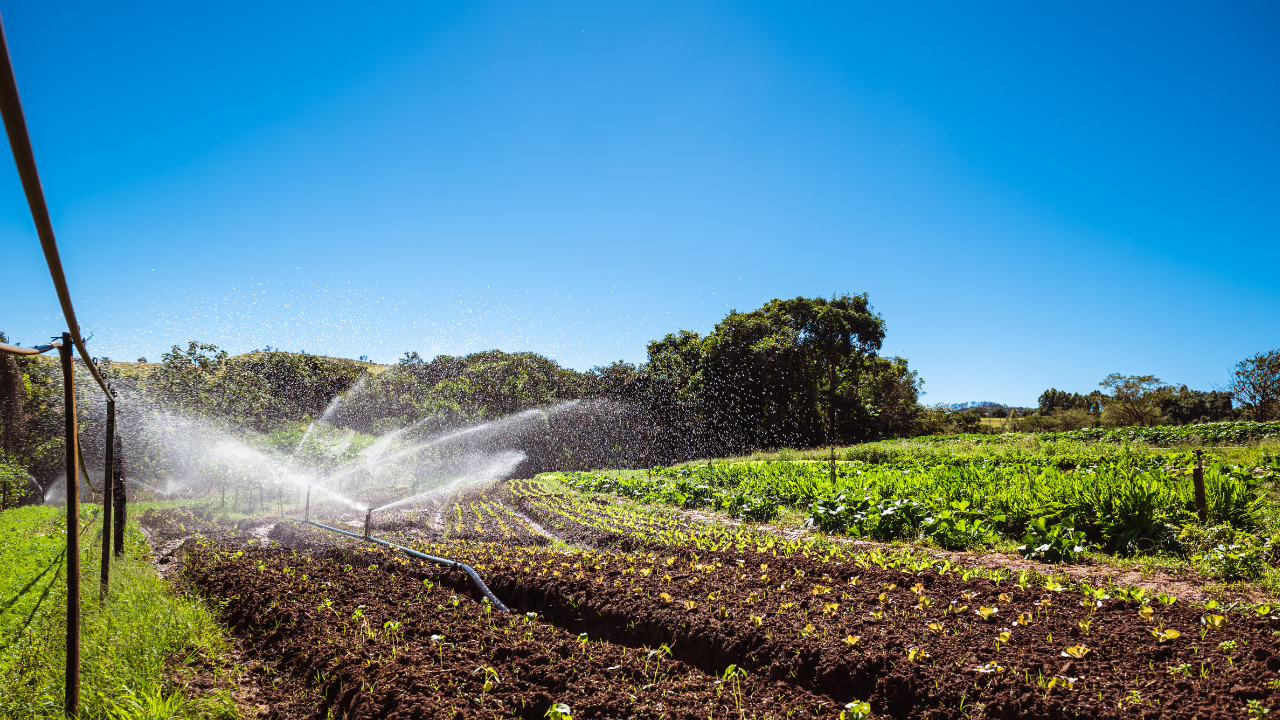Understanding Irrigation Valves
Irrigation valves are crucial components in any irrigation system, functioning as the control mechanisms that regulate the flow of water. They ensure efficient water delivery, promoting healthy plant growth and improving overall water use efficiency.
This guide will explore the various types of irrigation valves, their specific uses, and best practices for selection and maintenance. By the end, you'll be well-equipped to make informed decisions about your irrigation system.
Types of Irrigation Valves
Ball Valves
Ball valves are one of the most common types of irrigation valves. They feature a spherical ball with a central hole that allows water flow when rotated to a specific angle.
These valves are durable and provide a tight seal, minimizing leaks. They are ideal for on/off control in both residential and commercial systems and perform well in high-pressure applications.
Gate Valves
Gate valves operate by lifting a gate out of the water flow path. This design allows for minimal flow restriction, making them suitable for applications requiring straight-line flow.
They are generally used in larger systems where full flow is needed and are less prone to wear and tear compared to other valves.
Butterfly Valves
Butterfly valves are advantageous in large irrigation systems, consisting of a rotating disc that can quickly open or close the flow of water.
They are lightweight, easy to install, and suitable for controlling flow in large pipes.
Stop Valves
Stop valves, or shut-off valves, control the flow of water in irrigation systems. They are essential for managing specific areas of the garden or farm and are often used in conjunction with other valves.
Mixing Valves
Mixing valves blend hot and cold water, which is beneficial in irrigation systems requiring temperature control for specific crops. They help maintain optimal conditions for plant growth.
Selecting the Right Valve
When choosing irrigation valves, consider the following criteria to ensure optimal performance:
- Flow Rate: Ensure the valve can handle the desired flow rate.
- Pressure Rating: Choose valves that can withstand the pressure of your system.
- Material: Select a material that won’t corrode or degrade over time.
- Size: Ensure the valve matches the size of your irrigation pipes for efficient flow.
The type of valve can significantly impact the efficiency of your irrigation system, leading to better water management and healthier crops.
Real-World Applications of Irrigation Valves
Commercial Agriculture
In commercial agriculture, irrigation valves manage large-scale watering systems. They enable farmers to automate irrigation schedules, control water distribution, and implement drip irrigation for efficient water use.
Home Gardens
For home gardeners, irrigation valves simplify garden management, allowing for efficient watering of different areas and reducing manual labor through automated systems.
Maintenance Tips for Irrigation Valves
Proper maintenance can significantly extend the lifespan of irrigation valves. Here are some best practices:
- Regular Inspection: Check for leaks, rust, or damage periodically.
- Clean Filters: Ensure any filters associated with the valve are cleaned regularly.
- Lubricate Moving Parts: Apply lubricant to ensure smooth operation.
Recognizing signs that indicate a valve needs maintenance or replacement is crucial:
- Unusual noises or vibrations during operation.
- Persistent leaks around the valve.
- Difficulty in turning the valve handle.



